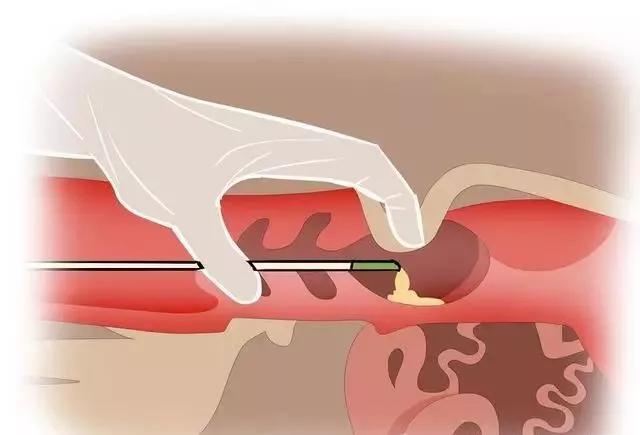The use of a cow ultrasound machine to test the male and female fetuses of cows includes three steps:
• Locate and identify the fetus;
• Verify fetal vitality;
Determine the male and female fetuses of the cow.
Veterinarians must first locate the position of the fetus in the pregnant uterus of a cow. By conducting a complete examination of both uterine horns, users will be able to determine the number of fetuses. During the operation, the condition of amniotic fluid and the presence of fetal heartbeat should be carefully observed to demonstrate its survival rate. At this stage, many interruptions in pregnancy are caused by fetal death. Due to the possible time interval of several days between fetal death and expulsion, this step should not be ignored*** Afterwards, the user will determine the male and female of the fetus.
High definition imported cattle B-ultrasound machine
Around the 40th day of pregnancy in cows, we can detect small elevations on the midline of the abdominal wall between the hind limbs that correspond to genital nodules (GT) (see figure below).
In the middle between the navel (OM) and reproductive nodules, we can distinguish genital swelling (GS) when lying sideways. At this stage, there are no observable macroscopic differences between the sexes. Starting from the 40th day, the genital nodules extend vertically, accompanied by the appearance of urogenital folds (UF). They develop at the base of genital nodules.
The genital nodules of both bulls and heifers are displayed as white structures with double lobes on the screen, and their echogenicity is similar to that of bone tissue. In young bulls, genital swelling (GS) and urogenital folds (GF) are hyperechoic structures.
Ultrasound images of male and female calves measured by B-ultrasound
How to judge a small bull from a B-ultrasound machine?
Around the 50th day, genital nodules (GT) migrate along the midline towards the skull and reach the navel (OM). This migration gradually increases the distance between the reproductive nodules and the fetal tail. Around the 58th day, the genital nodules arrived at their final destination, located at the tail of the navel. After this migration, genital swelling (GS) is now located at the tail position relative to the genital nodules and fused together near the midline (see figure below).
During the period from day 65 to day 70, we noticed a change in the appearance of the genital nodules in the young bull. The two leaf structure observed in early pregnancy gives way to the four leaf structure observed in the genital nodules and urogenital folds (UF).
In a young male fetus, the genital nodule (GT) is the starting point of the penis, the urogenital folds form the foreskin, and the genital swelling forms the scrotum. The migration of testicles to the scrotum occurs relatively late and is usually completed on the 140th day of pregnancy.
How to distinguish between heifers?
Starting from day 40, we can detect the vertical elongation of reproductive nodules and the presence of urogenital folds in young bulls. Between day 50 and day 58, the reproductive nodules (GT) migrate from their initial position between the hind limbs towards the anal area, in the opposite direction to the direction of males (see figure below). In heifers, genital nodules are located below the tail, and genital swelling gradually shrinks from day 50 until it completely disappears.








